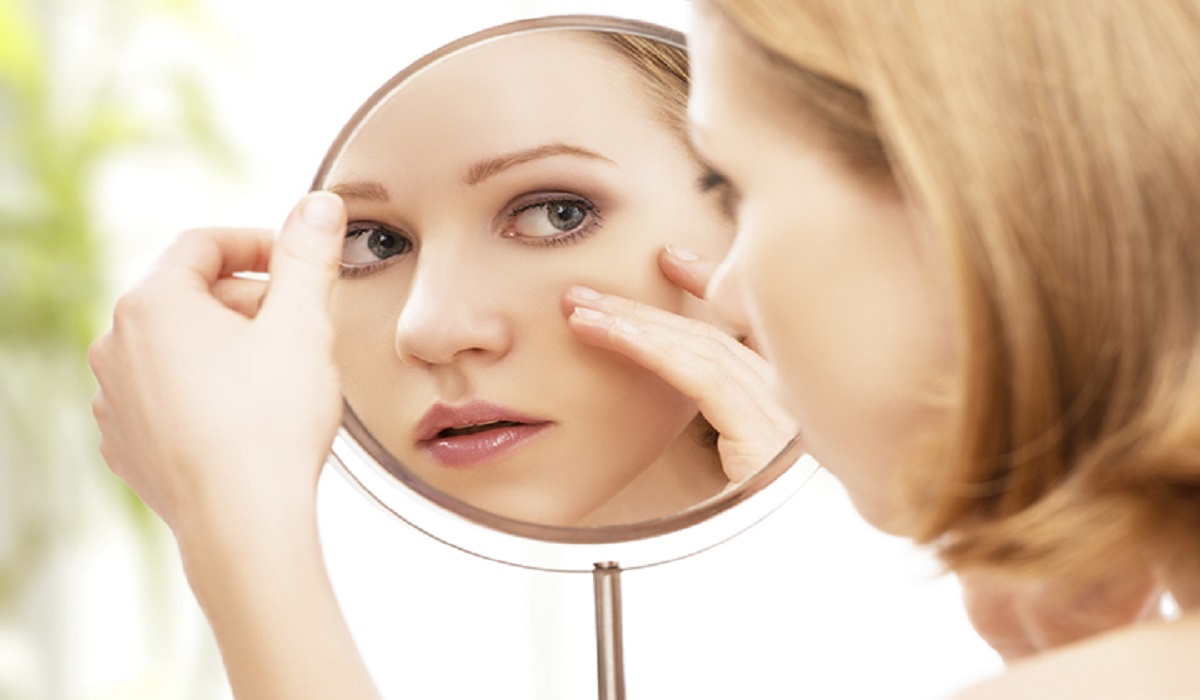In the quest for flawless beauty routines, the health and strength of our nails often take a backseat. However, nails are not just a canvas for trendy polish colors; they’re a reflection of our overall health. That’s where nail strengtheners come in – the unsung heroes of nail care. This article delves into the world of nail strengtheners, revealing how they can be the secret to unlocking healthy, resilient nails.
Nail health is a mirror to our general well-being, indicating the state of our nutrition and care routines. Strong nails are not only aesthetically pleasing but also essential for performing daily tasks without discomfort. Nail strengtheners, therefore, play a crucial role in maintaining the integrity and beauty of our nails.

What Are Nail Strengtheners?
Nail strengtheners are specialized treatments designed to improve the health and resilience of nails. They come in two main types: hardeners, which work by reinforcing the nail plate, and hydrators, which moisturize and prevent brittleness. By incorporating essential vitamins, proteins, and other nourishing ingredients, these products aim to fortify nails from within.
The Science Behind Nail Strengtheners
The effectiveness of nail strengtheners lies in their ability to penetrate the nail plate, delivering nutrients and moisture to the underlying nail bed. Ingredients like keratin, biotin, and collagen are pivotal in reinforcing nail structure, promoting flexibility and preventing breakage.
Benefits of Using Nail Strengtheners
Regular use of nail strengtheners can transform weak, brittle nails into strong, flexible ones. They help in preventing common issues like splitting and peeling, thereby promoting healthier nail growth. Moreover, well-nourished nails have a natural sheen and improved texture, enhancing their overall appearance.
Choosing the Right Nail Strengthener
Selecting a nail strengthener should be based on individual nail needs. For dry, brittle nails, hydrators are ideal, whereas hardeners are better suited for soft, weak nails. Ingredients like formaldehyde (in moderation) and calcium provide structural support, while natural oils and plant extracts offer hydration and nourishment.
Application Tips for Maximum Benefits
For optimal results, nail strengtheners should be applied to clean, dry nails. Following the product’s instructions is key, as overuse can sometimes lead to brittleness. A common recommendation is to apply a thin layer daily for a week, then remove and start the process over.
Natural Alternatives to Commercial Nail Strengtheners
For those preferring a more natural approach, DIY recipes featuring ingredients like olive oil, lemon juice, and garlic offer a homemade solution to nail strengthening. These natural options can provide similar benefits without the chemicals found in commercial products.
Integrating Nail Strengtheners into Your Nail Care Routine
Incorporating nail strengtheners into your nail care regimen can enhance the efficacy of your overall routine. They can be used as a base coat under nail polish or alone as a treatment, ideally complemented by regular hydration and protection measures.

The Role of Diet in Nail Health
A balanced diet rich in vitamins and minerals is foundational to strong nails. Nutrients like biotin, vitamin E, and omega-3 fatty acids are particularly beneficial, supporting nail growth and preventing brittleness.
Professional Treatments vs. At-Home Nail Strengtheners
While at-home nail strengtheners are convenient and cost-effective, professional treatments can offer more intensive care. Deciding between the two depends on individual nail conditions and goals.
Safety Considerations and Potential Side Effects
It’s important to be aware of potential allergic reactions or adverse effects from nail strengthener ingredients. Formaldehyde, for instance, can cause brittleness with excessive use. Monitoring your nails for any negative changes is crucial.
Reviews: Top Nail Strengtheners on the Market
Exploring user reviews and expert recommendations can help identify the best nail strengtheners available, ensuring you choose a product that meets your specific needs.
Nail Strengtheners for Specific Conditions
Certain nail strengtheners are formulated to address specific issues, such as peeling or frequent polish use. Tailoring your choice to your nails’ needs can enhance treatment effectiveness.
The Future of Nail Care: Innovations in Nail Strengthening
Emerging technologies and ingredients are continually shaping the nail care industry, promising more effective and efficient solutions for nail strengthening in the future.
How to Know if You Need a Nail Strengthener
Identifying signs of weak, brittle, or peeling nails can indicate the need for a strengthener. Incorporating one into your routine can preemptively combat these issues, maintaining nail health.
Embracing Strong and Healthy Nails
Nail strengtheners are a key component in achieving and maintaining strong, healthy nails. By understanding and applying the right products for your nail type, you can enjoy the benefits of resilient, beautiful nails. Embrace the power of nail strengtheners and unlock the secret to the ultimate nail health and beauty.
- How often should I use a nail strengthener?
- Can I use nail strengthener with gel or acrylic nails?
- Are there any side effects to using nail strengtheners?
- How long does it take to see results from using a nail strengthener?
- Can men use nail strengtheners?







